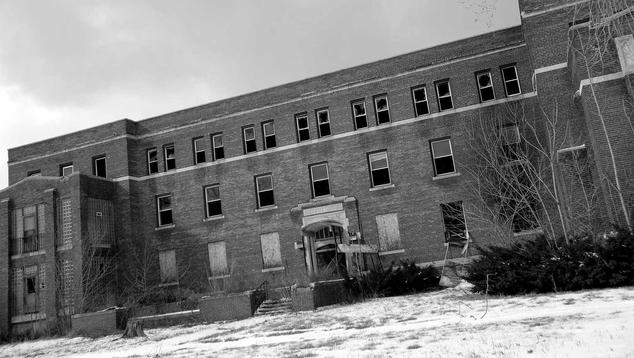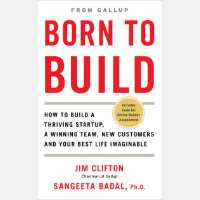On a visit to the Princeton campus recently, I asked a famous economics professor a simple question, "Are we in a recovery?"
He gave me a simple, emotionless answer, "No."
I then asked him how many of the economists in the building would agree. He said, "Every one of them." I asked him why the media reports indicate that we are in a recovery. His exact words, "I don't know."
I'm concerned there's a mistaken understanding of U.S. economic dynamism. The New York Times, The Wall Street Journal, Financial Times, Fox, MSNBC, all the networks -- the Federal Reserve, too -- all say the same thing: The job market is strong and the economy is growing. We're in a recovery.
That's only partly true.
As optimistic Americans, we really want to believe this narrative. I want to. But it is hard to square this with the fact that half of Americans are making less than they were 35 years ago in real terms. They have not received a raise in 35 years. Making things worse, the cost of housing, healthcare and education are exploding while paycheck sizes are frozen or even declining.
Many citizens don't buy that the economy is growing. Recently, Gallup found that 56% of Americans say the economy is slowing down -- or worse.
There are good reasons they feel that way. Productivity (GDP per capita) has been trending down for decades. It's been increasing, but at a decreasing rate. Even with the 2017-2018 GDP improvement, we are in a decades-long decline of GDP per person or "productivity" as the economists refer to it.
So where is real economic growth going to come from? Unfortunately, not from our biggest businesses. When the largest companies are failing to grow organically, CEOs give up, go back to their offices, acquire their competitors and cut prices. Shockingly, most publicly traded boards of directors encourage this.
But when there's no economic recovery and declining dynamism, Fortune 1000 companies struggle to grow. So, acquiring competitors is the current growth strategy for nearly all of them. As a result, the number of publicly listed companies on U.S. exchanges has been cut in half over the past 20 years -- from about 7,300 to 3,700. The herd is getting pretty small.
Is more innovation the answer? Not really. A big mistake that leaders and well-meaning institutions make is they think innovation is the answer to everything. But innovation has no economic value until an entrepreneur commercializes it and creates a business model around it.
Innovation has no value until a customer appears.
What we need is more entrepreneurship -- people who can create customers.
The lack of new business startups is at the very core of our decades-long decline in dynamism. Gallup finds that while America is the best in the world at developing intellectual and innovation talent, it lacks the same highly intentional early identification system for students coming out of high school who can build a big business.
We have to fix this. We need to build, not just invent.
Gallup scientists have created a first-ever assessment to identify those who have the special gifts or tendencies to build a big enterprise from scratch. The assessment is called the BuilderProfile10. All college students and high school students should take this assessment to find the next generation of high-potential builders.
The assessment identifies who has rare determination and drive (grit) -- and an unusual relationship with risk -- as well as an insatiable need for independence and freedom.
You can find high-potential builders anywhere. Gallup has created a builder lab at the University of Nebraska. We also started a very inspiring program at the University of the District of Columbia in Washington, D.C., where we're giving the builder assessment to high school students out of the low-income Wards 7 and 8. We found 15 high-potential builders who we believe can build something as big as what a student from Stanford or MIT could build.
Gallup discovered we are just as likely to find students with unusual builder talent in low-income neighborhoods as in high-income neighborhoods.
It is interesting to me that we know which Americans have the unusual talent to be a running back, a point guard, a star volleyball player or possess rare intellectual ability (IQ). But the talent we need most to save American economic dynamism -- entrepreneurship -- we mistakenly assume everybody possesses or can learn by simply reading a few books.
Gallup analytics estimate that of the 4 million high school graduates each year, 100,000 can build organizations of significance and 20,000 of these are future blue-chip entrepreneurs who can build organizations with no limits to size -- we just don't know which graduates they are.
As soon as we make early identification and highly intentional development of rare builders as systematic as early identification of great athletes and young people with genius-level intellectual ability, American economic dynamism will boom again.
Building is genius, too.





